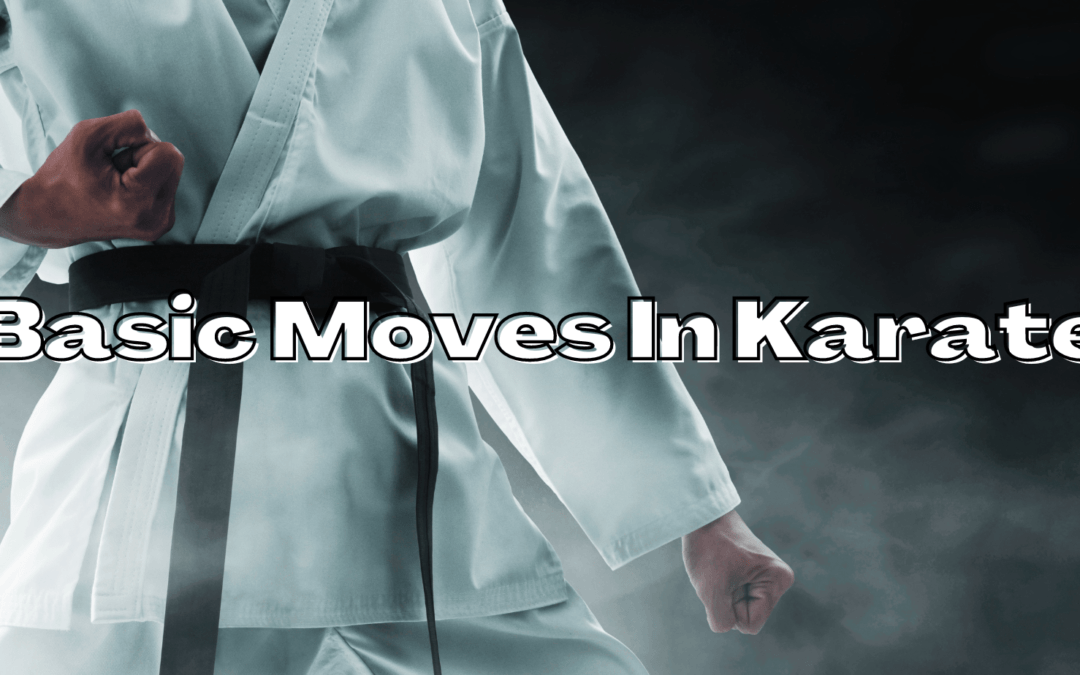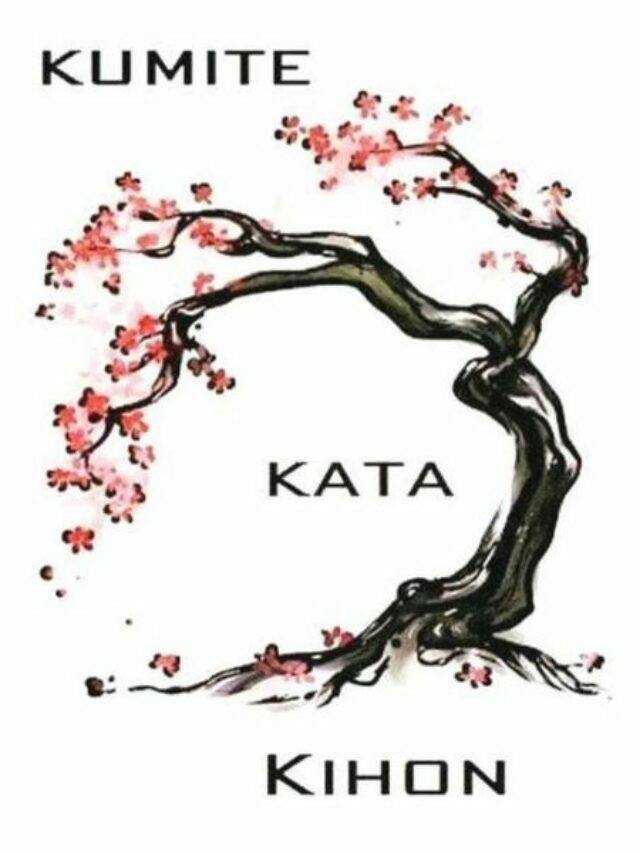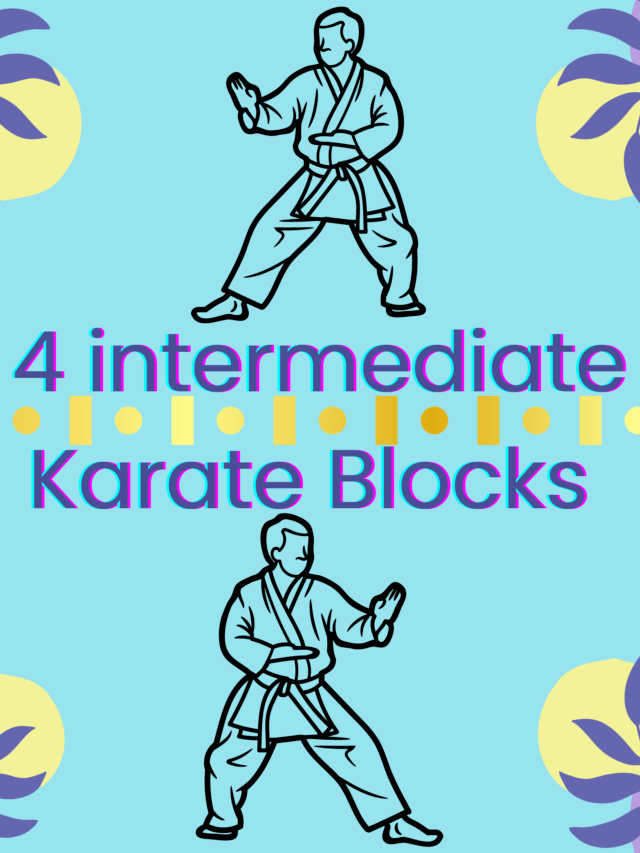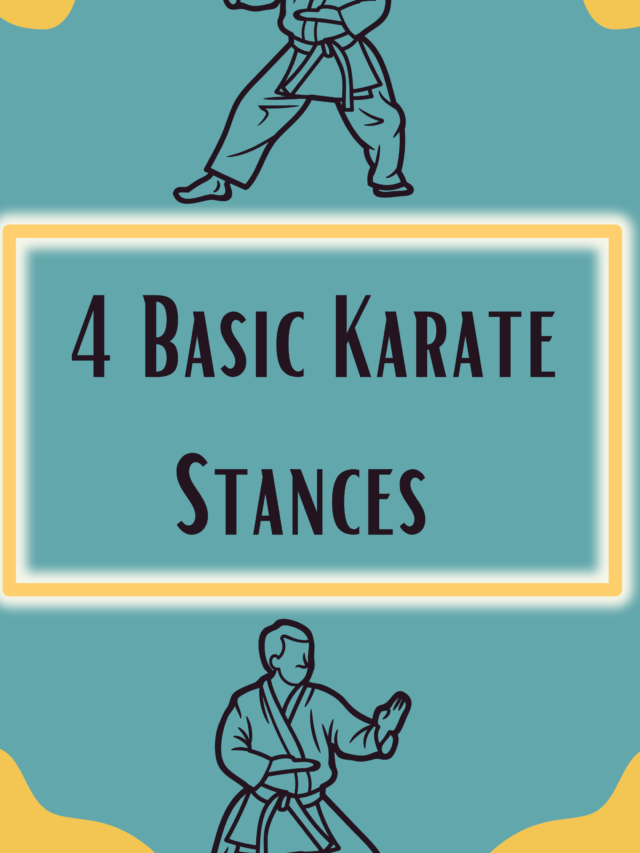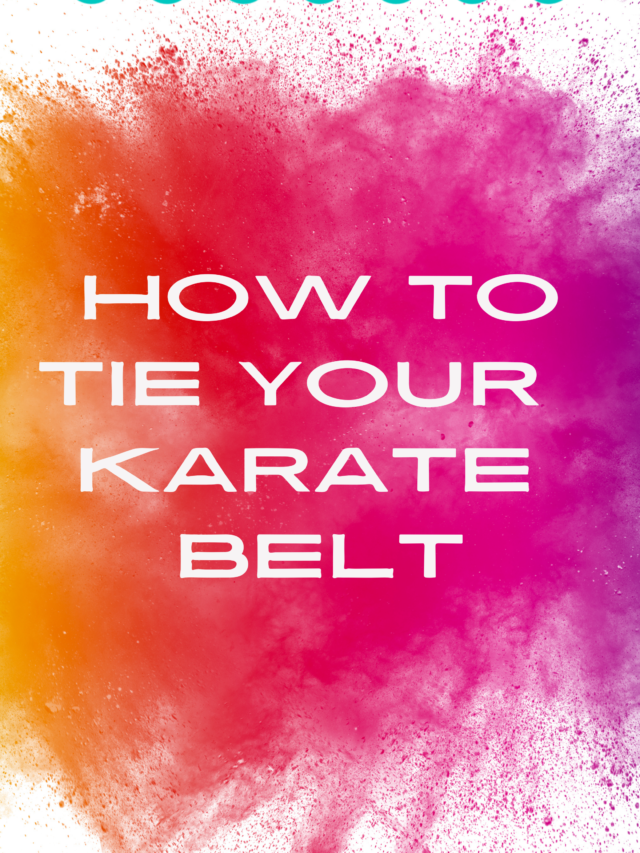Basic moves of karate
Do you know why we have so many different stances in karate?
And why are they so important in karate?
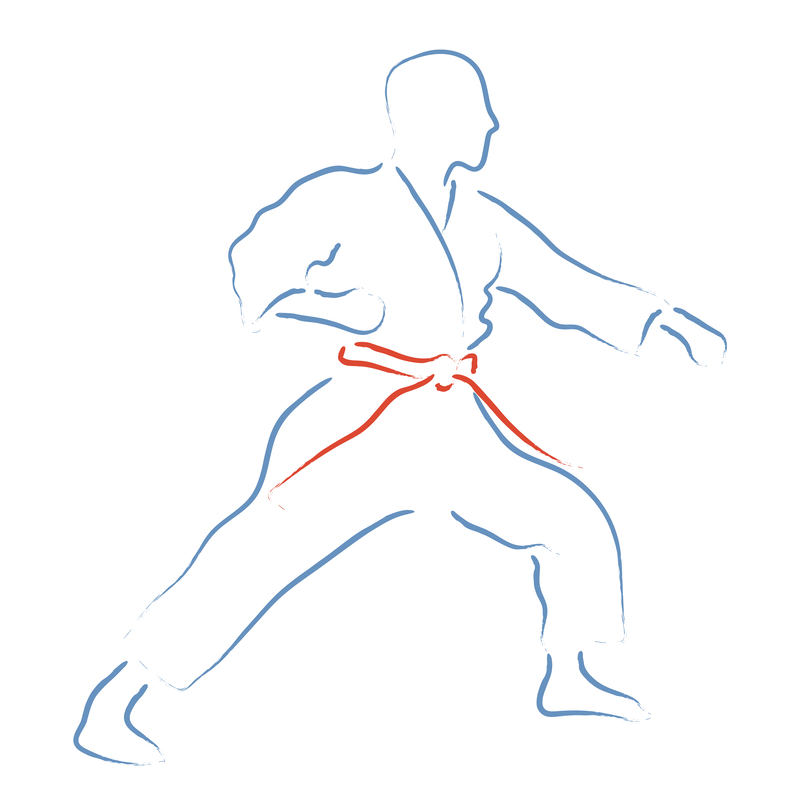
Let me explain why karate students need to learn these stances. In karate, you would use these stances for your
Kihon, which is the basic technique of karate. And you would also use these stances in your Kata, which is the sequence moves.
So now, let’s look at these four basic karate stances you would use as a beginner in karate. Are you ready?
Here we go.
Zenkutsu Dachi (Front Stance )
The first Stance I will be talking about is called Zenkutsu Dach. The translation is front Stance. You have 60% of your weight on the front leg, and your back leg has to be in line with your shoulder.
In this Stance, you have two lines. This Stance you mainly use for an attack and blocking. This Stance is also used in your first Kata, which is always Zenkutsu Dachi. This video explains more about Zenkutsu Dachi.
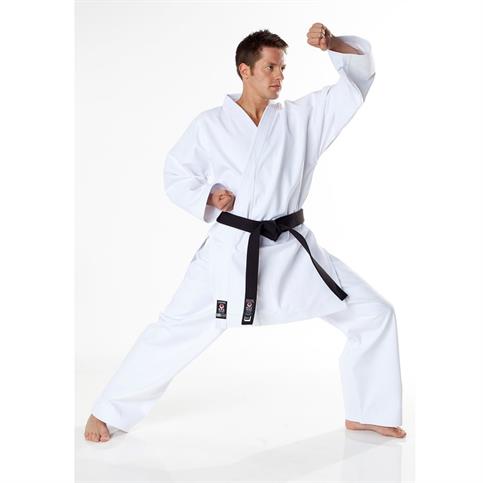
Musubi Dachi (Feet in V Shape)
The next Stance I will be talking about is called Musubi Dachi.
This translates to an open-foot stance. Stand with your heels together, and your feet are directed outwards at 45 degrees.
This Stance is only used when greeting the Sensei or when you hear the Sensei say Musubi Dachi, Rei, then bow to the Sensei. Musubi Dachi is not used any other time in Karate. This video explains more about Musubi Dachi.
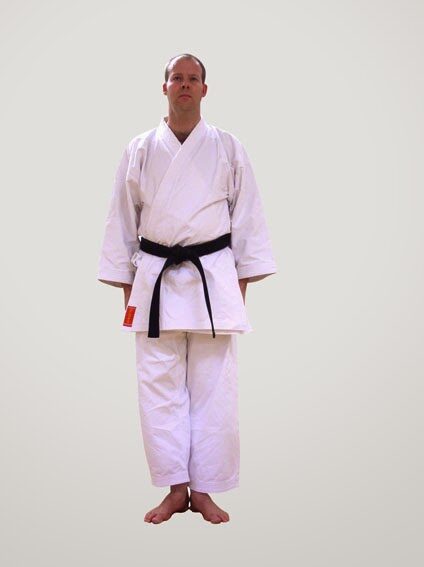
Heiko Dachi (“Ready position)
Next is the Heiko Dachi stance, which translates to “Ready position.” In this Stance, your feet should line up with your shoulders. We use this Stance when we go into another stance called Yo, which means attention-ready position.
This video explains more about Heiko Dachi.
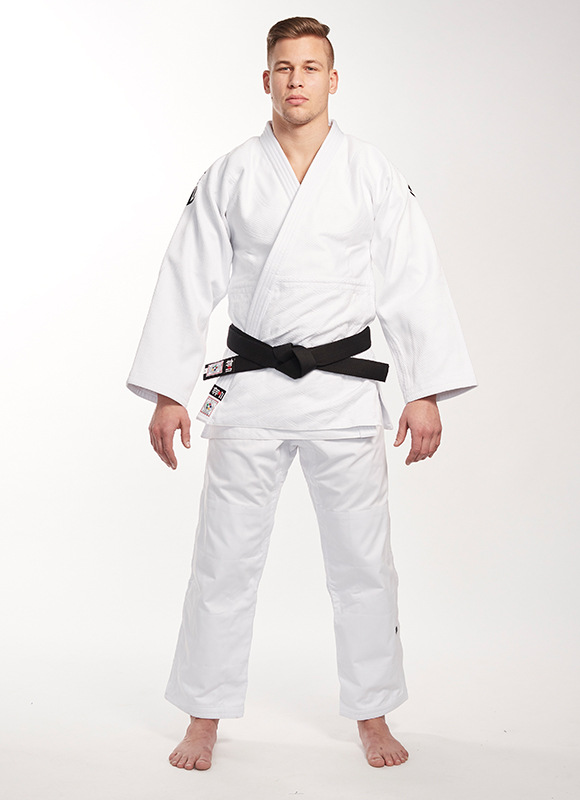
Kokutsu Dachi (Back Stance)
The fourth Stance is called Kokutsu Dachi.
This translates to the Back Stance. For this position, you have 70% weight on the back leg and 30% on the front leg. Kokutsu Dachi is similar to Zenkutsu Dachi.
However, they differ in which leg holds most of your weight. Zenkutsu Dachi has most of your weight on the front leg; Kokutsu Dachi has most of your weight on your back leg. Additionally, Zenkutsu Dachi has two lines. Kokutsu Dachi has one line. This video explains more about Kokutsu Dachi.
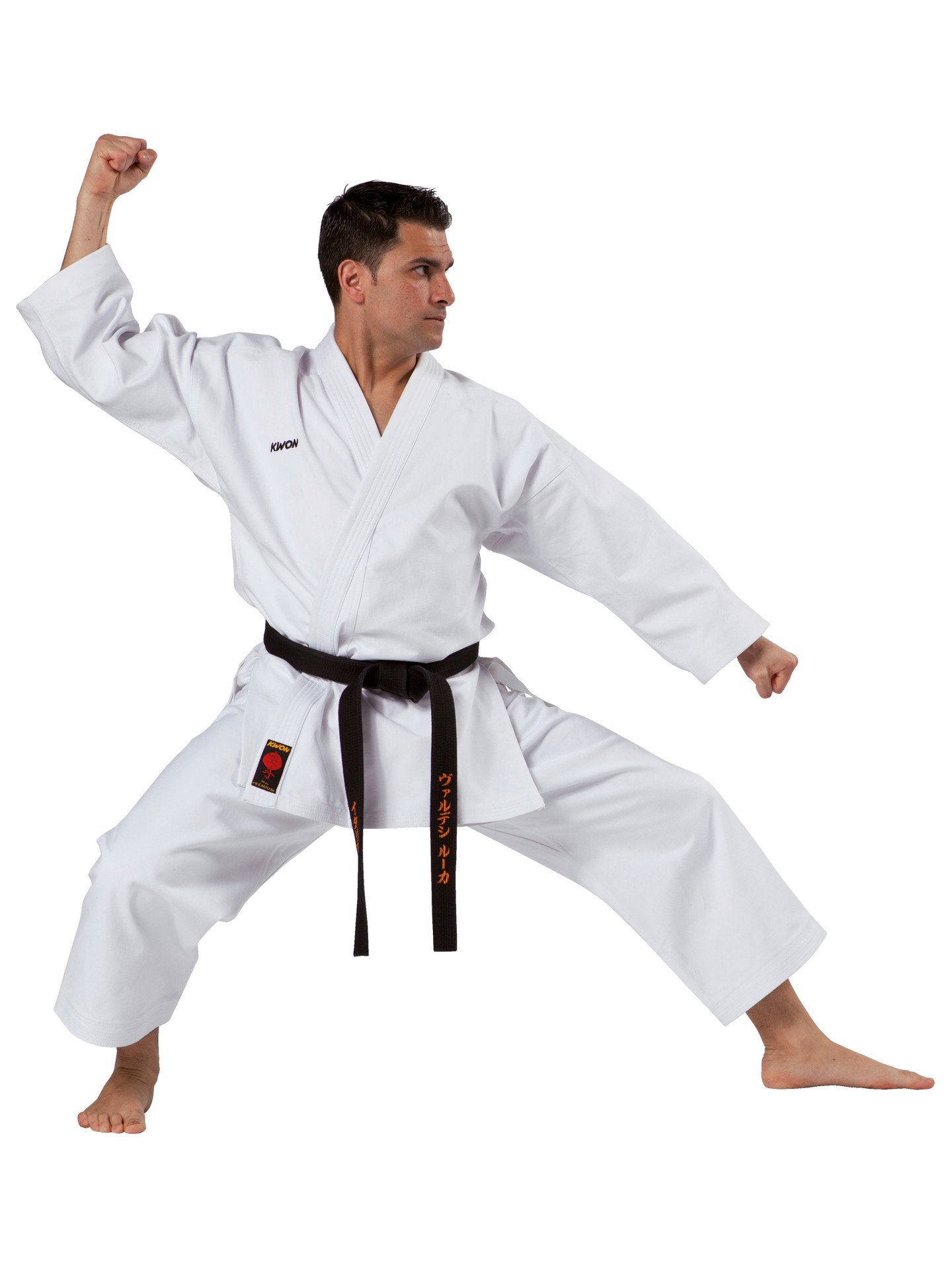
Kiba Dachi. (horse stance)
The fourth Stance is called. Kiba Dachi
This translates as horse stance or rider stance) The feet are parallel and wide, and the weight is central and low, with the back straight and the knees and feet pointing slightly inwards.
This Stance is not used in all styles of Karate because of its strong tension. Instead, it is often replaced by Shiko-dachi. This video explains more about Kiba Dachi.

Conclusion. Basic moves in Karate.
We hope you enjoyed our karate post! If you’re looking for helpful tips on improving your karate skills, Check out our Karate Youtube Channel.
For more ideas, watch tons of helpful videos that show you the basics of Karate and help you start learning this fun and challenging martial art.
So head on over to our channel. You can now find us on Instagram, TikTok, and Facebook. Thanks for reading!
Follow us!
Twitter: @TwinsKarate
Facebook: @The Karate Twins.
YouTube Channel: The Karate Twins.
TikTok: @The Karate Twins0
More posts from The Karate Twins.
Florida Gold Karate Championships.
More links to check out.
Black Belt Wiki is one of our favorite sites to look at when learning Karate. Here’s the link to it.
Thank you again for reading. Until next time. Oss.


